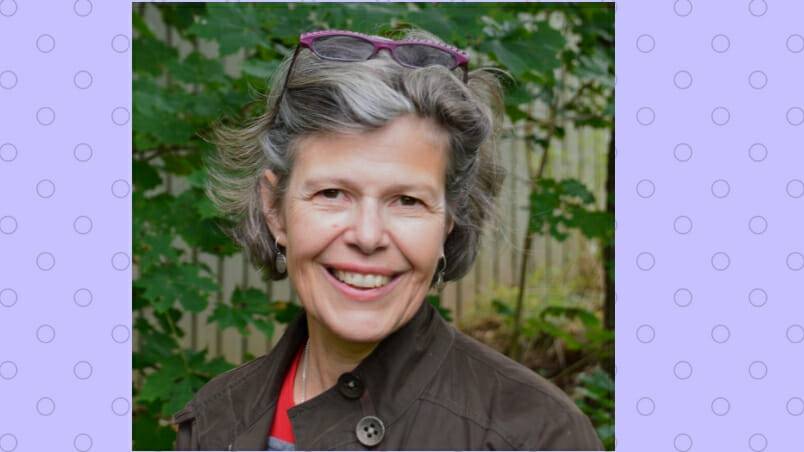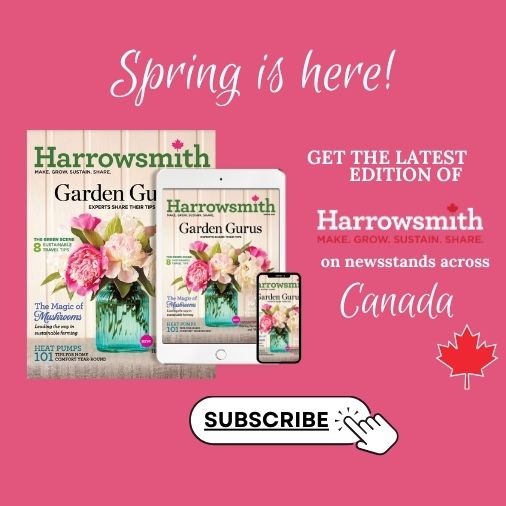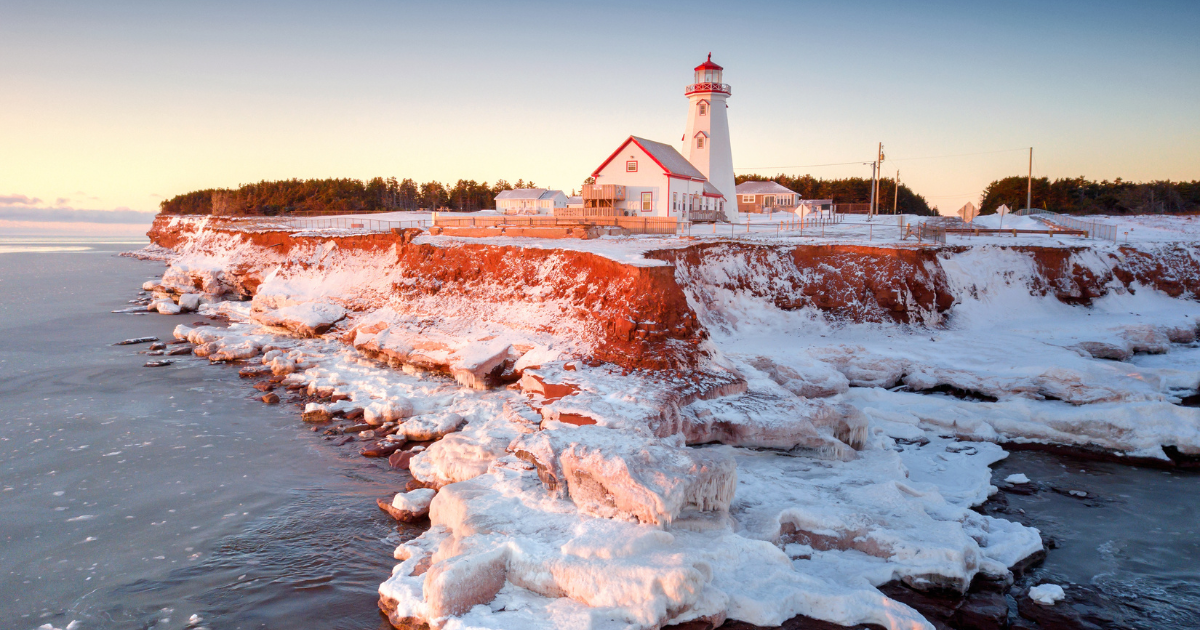Your name? Carol Bruneau.
Home (or adopted) town? Sydney Mines, Cape Breton, Nova Scotia.
Population? In 2001, the town proper had 7,312 people, down from about 9,000 in the 1960s and 10,000 in the 1930s, when coal was truly king. Recent StatsCan figures include its outlying areas—14,135 in 2011, down from 15,315 in 2006. The point is, the population is ever dwindling. The town’s biggest, newest business is a third funeral home.
Years in residence? Every summer vacation until my late teens.
Where do you live now? Halifax, where I was born and educated.
Your pastimes there? Swimming, picking blueberries, reading and eavesdropping (before I was considered old enough by my mom, my grandmother and my aunts to sit in on their updates about who had gotten sick, died or run off). Once I was older, sitting with my aunts over tea and absorbing all their stories like a proper sponge. All four of my aunts were schoolteachers, and the one who lived and worked her entire life in the town had an indelible, pre-television memory for people and events, large and small, in all their richest details.
Favourite hangouts? The beach near the neighbouring community of Florence (no relation to the famous one in Italy) and the one my mom’s family called “The Old Shore.” It was a mile-long stretch of white sand bordering the slag heap from the town’s long-dead steel mill.
Favourite nature walk? As a kid who spent most of the year in suburban Halifax, I loved the dangers of blueberry picking with my aunts—yes, dangers. To reach the best patches, we hiked from my grandmother’s house through overgrown yards and scrub woods pocked with bootleg coal pits down by Big Pond behind The Old Shore. (Big Pond as opposed to Little Pond behind Florence Beach.)
There was an abandoned-looking homestead owned by people named the Lettuces—who, in remaining invisible, took on ogres’ proportions. Trespassing, we’d steal by as fast as possible. Fear of the Lettuces was probably the most delicious part, added to the allure of knowing that if you didn’t watch your step you could fall down a pit and be lost. The fear of being swallowed by nature, nature plumbed and gutted by humans, was big—big as Big Pond, in which, once, a boy had drowned, his name long forgotten, but his face immortalized in a photo in my grandmother’s album of tintypes. For the adults around me, the ever-present worry of friends and neighbours dying in the mines further emphasized the rocky relationship between town and nature, which was something to be exploited and depended upon, even though it could kill you.
Best date spot? Despite the novelty of being “A Girl from Halifax” and the attention this garnered (sometimes flattering, sometimes not), I let my favourite cousin vet who was worth dating and who wasn’t. This excluded just about everybody, which didn’t matter, since I was too busy observing the town’s dating scene to partake in it.
I can speak on fairly good authority that Main Street—the five or six blocks from Sutherland’s Corner to the chaotic five-way stop in the centre of town—was the hot spot. Or, more precisely, its cars were. My mom always said Cape Bretoners loved their cars—the bigger the better—and in a way it makes sense: while you can’t drive a house, you can live in a car. So the best date spots were probably moving ones, and if I have to be particular (speaking strictly for my cousin), I’d say it was my aunt’s red Mustang.
Favourite sports team? I’m not a good person to ask, since my mind glazes at the mention of anyone chasing a puck or a ball. But there’s a baseball diamond behind my cousin’s house, and people use it. I guess this rates?
Best swimming hole? When the ocean was too rough or too cold, we’d pile into my other aunt’s car. Defying the Cape Breton rule, this aunt owned a series of small vehicles—VW bugs, Morris Minors and Austins (always blue, her favourite colour)—and we’d drive the three or four miles to Groves Point, a warm saltwater beach on the Bras d’Or Lakes. It was the place to see and be seen the summers I was a teenager. By then, Florence Beach was ruined by a sewage outfall and The Old Shore was inaccessible. Long before my time, my mom’s family had a tiny cabin in the meadow above Groves Point, built by one of my uncles. It was a respite from Sydney Mines’ soot and grit, and their cramped house wedged between a lumber yard and the train station. Groves Point was their piece of heaven away from the stinky shriek of coal cars shunting back and forth from the pit at all hours.
Best place to get in trouble? The Woolco, maybe, a bus ride away in Sydney River (a once-famous Cape Breton band, Buddy and the Boys, had a song about the place). No, there was an after-hours bar on Atlantic Street—as opposed to Atlantic Avenue, where my grandmother lived—that had an Italian name and a wild reputation. My cousin never let me get beyond the parking lot.
Nicest road for a hike/bike/drive? The road around Boularderie, from Little Bras d’Or to Big Bras d’Or. I have vivid childhood memories of evening drives with my mom, aunts and grandmother, stopping to pick wild strawberries in roadside fields, then getting ice cream cones from one of the many corner stores known generically as “dairies.”
Your town’s claim to fame (before you)? Johnny Miles, the two-time winner of the Boston Marathon in the 1920s, hailed from Sydney Mines and is commemorated by a statue in the middle of town. These days, though, it’s best known as the birthplace of internationally acclaimed musicians the Barra MacNeils and singer-songwriter Bruce Guthro. On a lesser note, the 1981 horror movie My Bloody Valentine was shot here.
Unofficial/suggested town slogan? For over a hundred years, Sydney Mines was nicknamed Lazytown due to the fact that miners’ wives went back to bed after seeing their men off to work at dawn. When local farmers came around selling produce, their customers would be asleep. Officially, the town’s slogan is “Home of the Barra MacNeils and Bruce Guthro.” But the best unofficial one is whatever’s posted on a portable sign outside a church near the outskirts. “Pray Until Something Happens” is my favourite.
What part of this place do you wish you could bring with you on the road?
My mother’s and my aunts’ laughter.
Last time you were home? In October 2013, when my oldest aunt—the one who’d favoured small cars—was dying. Like a mother to me after my mom died when I was still quite young, my aunt Elizabeth passed away two weeks shy of her 107th birthday. She was an amazing woman who lived in her own home right up to the end and didn’t even own a cane.
Your local mentor, if any? This same Aunt Elizabeth—who never married and was a painter, an art teacher and a world traveller. She was many things to me, but most of all a role model in persevering with one’s art, whatever it may be, and living a creative, joyful, compassionate life.
How has this place contributed to your career? Immeasurably. From my earliest awareness, its close-knit community—with all its stories, atmosphere and imagery—seemed a perfect microcosm of the bigger world and its struggles, and a shadowy counterpoint to the surfaces of my life, where, certainly during childhood, the edges of hardship and tragedy felt remote.
It was where I first began to view life through a writer’s eye—life’s chiaroscuro and all its valued colours. I remember the moment vividly, when I was maybe eight years old, driving down Main Street with my family on our way back to Halifax, seeing two tiny kids bent over a mud puddle on the shoulder, drinking it through straws. “Someday I must use that,” I distinctly recall thinking, though I have yet to do so.
What else do you want people to know about this place? That this place is its people, living and dead, and that its sense of community survives because of their shared stories. That, despite its rough, impoverished surface, it was once a lively, thriving, and in certain genuine ways, refined place. It was a place where hard work, resourcefulness, optimism and wit enabled many, like my aunts, to make their dreams come true.
Last words? It’s heartbreaking to see any town die, but this one especially, given its industrious past. It’s hard to look at the boarded-up houses as people abandon everything to find work in places like Fort McMurray. Life goes on. Sydney Mines remains, for me, one giant lesson in letting go.
//BIO//
Carol Bruneau is the Halifax-based author of six books: two short-fiction collections and four novels. These Good Hands, her most recent, delves into the life and art of French sculptor Camille Claudel. Her third collection of stories, A Bird on Every Tree, is forthcoming this fall, and her fifth novel, Neverfail, is slated for publication in 2018. Carol’s first novel, Purple for Sky, won the 2001 Thomas Raddall Atlantic Fiction Award and the Dartmouth Book Award. Her 2007 novel, Glass Voices, about the 1917 Halifax Explosion, was a Globe and Mail Best Book and continues to be a book club favourite. Her articles, reviews and essays have appeared nationwide in newspapers and journals.
She has a master’s degree in English from Dalhousie University and a master’s in journalism from the University of Western Ontario, and has served as writer in residence at Dalhousie and Acadia Universities. Since 2005, she has been a part-time faculty member at NSCAD University, where she teaches writing to visual arts students.
After graduating from Western back in the 1980s, she worked in Toronto as a photo editor with The Canadian Press—a job that inspired her from the outset of her writing career to interpret stories visually. Her forays into journalism were sidelined by motherhood, the birth of her third son finally triggering the pursuit of her first and longest-held ambition, to write fiction. The result was After the Angel Mill, her first book, published in 1995. These linked stories set in industrial Cape Breton pretty much wrote themselves, she thinks, looking back, the collection an homage to her maternal relatives’ homeplace, Sydney Mines—the town that from Carol’s earliest childhood was her home away from home.
Four generations of her family have lived in Sydney Mines since her forebears arrived in 1902. From Carol’s earliest recollections and throughout her writing life, the town has remained story central—a place teeming with true tales and embellished ones featuring working people, their tragedies and their triumphs, illuminated always with a rich, dark vein of Cape Breton humour and a fierce community spirit.
Ever keen to stretch her writer’s canvas, Carol loves travelling and exploring other countries and cultures. But her go-to subjects remain rooted in her Maritimer’s sense of home—the endless push-pull between staying and leaving for other, more prosperous or exotic locations—and this is the theme explored in her new book coming out this fall with Nimbus Publishing’s Vagrant Press. Back as a CP desker in Toronto, she took it to heart when a colleague who happened to be a Newfoundlander said, “Problem is, you’ve never unpacked your suitcase.” By then, after living in Vancouver and three Ontario cities, she’d had enough, and talked her husband into moving with their firstborn back to Nova Scotia. It can be a tough place for writers to earn a living, but one of the best in the world, she believes, to live creatively.
Learn more at CarolBruneau.com











